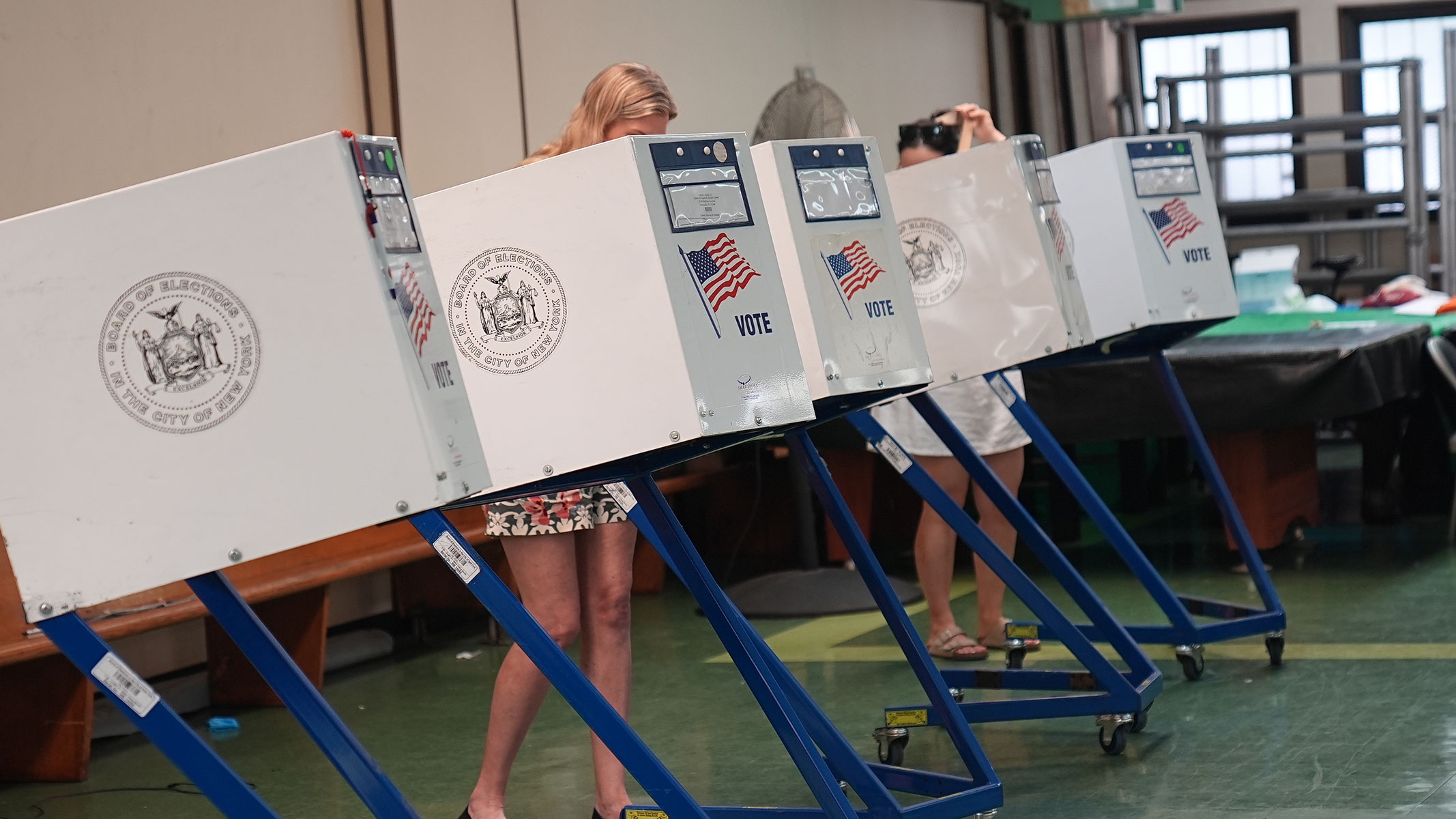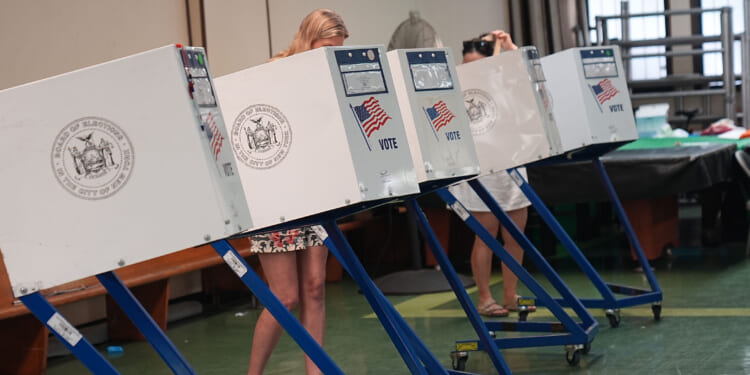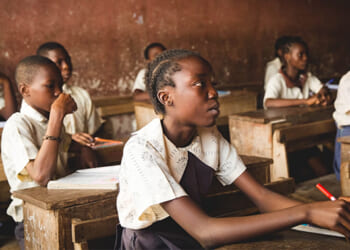
New York City’s mayoral election is less than a month away. Three candidates remain in the race: Republican nominee Curtis Sliwa, former governor and independent candidate Andrew Cuomo, and New York State Assemblyman Zohran Mamdani, the Democratic nominee and frontrunner.
Voters rank public safety and affordability high among their concerns. But other issues, like the city’s economic competitiveness and its treatment of the seriously mentally ill, will also shape life in the city over the next four years.
Finally, a reason to check your email.
Sign up for our free newsletter today.
What else is on New Yorkers’ minds down the home stretch? City Journal spent this past week asking voters for their thoughts.
Many young professionals support Mamdani’s proposals to “freeze the rent” and deliver free childcare, though other New Yorkers whom I spoke with were concerned that his plans would not be feasible. Others want the next mayor to do more to fight crime, which has jumped 29 percent since 2019. Mamdani nevertheless holds a commanding lead, and his opponents are running out of time to change that.
At the back of the pack is Curtis Sliwa, founder of the iconic, red-bereted Guardian Angels. I shadowed the Republican on a sunny afternoon at the Third Avenue Festival in Bay Ridge, Brooklyn.
Sliwa has positioned himself as the working man’s candidate, describing himself as the “only candidate who takes mass transit.” At least in Bay Ridge, that message seemed to resonate. Hundreds of people, young and old, came up and shook his hand over the course of the afternoon.
Sliwa’s campaign does not seem discouraged that he ranks last among active candidates in the most recent polls. “You can see the support he’s getting with your own eyes,” Tom Willis, a senior Sliwa staffer, told me. “We just need to get these people out on polling day.”
Public safety came up repeatedly in my conversations with those supporters. “Curtis cleaned up the subways, and he will clean up New York City,” said Diane, who did not give her last name. Her concerns reflect those of voters across the city, many of whom list crime among their top issues.
Unsurprisingly, the Sliwa campaign has made crime a central focus. The Republican pledged to hire 7,000 new police officers if elected and told me, in an interview, that he would deploy them “on the subway, moving through the trains.” He also opposes the closure of the Rikers Island jail facility and criticized the cost of the new borough-based jails.
“Let’s replace those with affordable housing instead,” he said.
At least one of his rivals is paying attention. Earlier this week, Andrew Cuomo also said that he would rebuild Rikers into a “modern, humane correctional campus” and construct affordable housing on the borough jail sites. Mamdani, however, remains committed to shuttering the island jail complex.
Finally, Sliwa told me that he would reverse the Bill de Blasio-era policy that removed the NYPD from homelessness outreach, saying that mental-health workers are not equipped to deal with “severely mentally unstable” people. He also suggested that those in the jail system with serious mental illness should be housed in a dedicated facility on Rikers Island, rather than with other prisoners.
Likely voters rank cost of living as their top issue in the mayoral race. Cuomo, whose campaign has consisted mostly of meet-the-press events and local appearances, agrees with Sliwa that New York City should do more to get vacant units back on the market.
Elsewhere, at an October 6 press conference, Cuomo challenged Mamdani’s proposal to “freeze the rent,” arguing that it would discourage building maintenance and transfer costs to non-stabilized renters. He wants means-testing for rent-stabilized apartments, noting that many rent-stabilized tenants—including Mamdani himself—are higher earners.
Though the former governor’s platform acknowledges the need to expand housing supply, it is light on details. The plan pledges that under a Cuomo mayoralty, “[p]ermitting and regulatory processes will be streamlined” and “building codes reviewed,” but does not specify which processes and codes would be changed. The Cuomo campaign did not respond to a request for further details.
At his press conference, Cuomo focused on Mamdani’s agenda as much as his own. The former governor highlighted the socialist’s support for raising New York State’s 7.25 percent corporate tax to 11.5 percent, for example, noting that such an increase, combined with Gotham’s 8.85 percent corporate tax rate, would result in an effective rate of over 20 percent.
As governor, Cuomo signed both income- and corporate-tax rate increases. Whether he’s had a genuine change of heart on tax policy is unclear, but he clearly sees himself as offering voters a more realistic vision. Asked about the perception that his housing agenda “feels less tangible to voters” than Mamdani’s, Cuomo responded, “You want us to lie to people?”
Mamdani’s campaign did not respond to City Journal’s numerous requests for comment or details on his campaign schedule. In public statements, the socialist has focused on the big themes of his campaign: “fast, fare-free buses,” “freez[ing] the rent,” and “no cost childcare.” Many voters, though, worry that those promises would come with a steep price tag.
In recent weeks, Mamdani has redoubled his commitment to abolishing fares on city buses, a program that would run to nearly $778 million. There may be a tradeoff between “fast” and “free,” however. With increasing ridership, buses could get slower—something the city learned from its fare-free bus experiment last year.
Many are also concerned about the unintended consequences of Mamdani’s “rent freeze” plan. Eric Dillenberger of Small Property Owners of New York characterized Mamdani’s proposal as “dubiously legal, or efficacious.” The Rent Guidelines Board, Dillenberger noted, found that “on average over 9 percent of . . . surveyed properties are currently classified as under serious financial distress,” meaning a rent freeze could push these landlords into bankruptcy.
Some of Mamdani’s proposals, though, are more promising. For example, his plan to replicate the 14th Street busway scheme—which generally restricts traffic to buses, trucks, and emergency vehicles— on 34th Street could make buses run faster. His plan to create a “Mom & Pops Czar” to accelerate the small-business permitting process could also be worthwhile.
As he makes his final push for Gracie Mansion, Mamdani has also tried to moderate his image. He’s distanced himself from the Democratic Socialists of America, saying his “platform is not the same” as the national party’s. He’s stopped using the appalling phrase “globalize the intifada,” though he refuses straightforwardly to condemn it. Mamdani has also tried to strengthen his relationship with the business community, reportedly admitting that he might need a “Plan B” if Governor Kathy Hochul refuses to approve tax hikes.
Outside the weird and wonky world of political campaigning, the mood on New York streets reflects what polls show: Mamdani remains the favorite. We’ll see on November 4 whether his long-running lead culminates in a victory.
Photo by Selcuk Acar/Anadolu via Getty Images
Source link


















